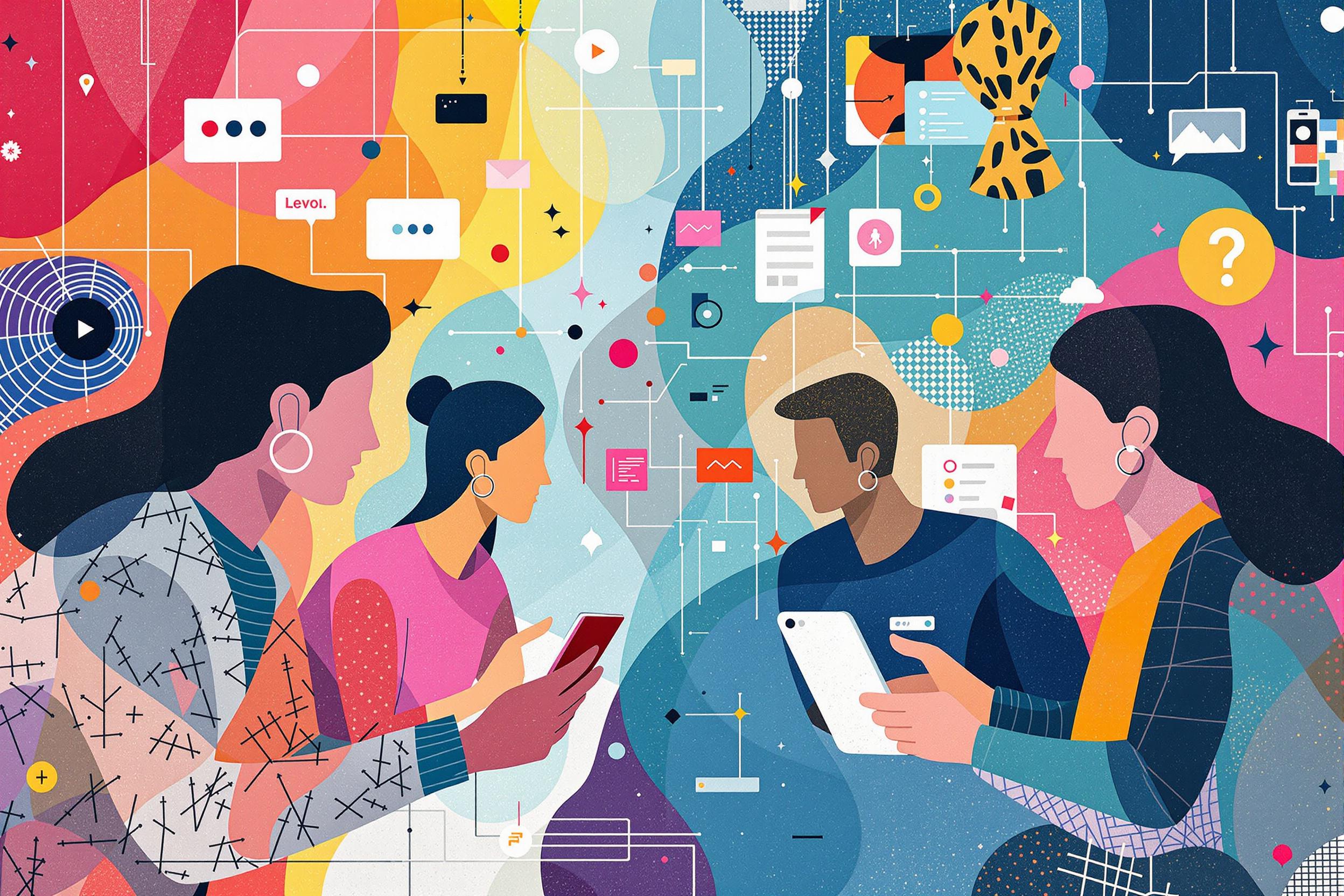
Digital Painting
Digital Painting is a modern way of creating artwork using computer software instead of traditional brushes and paint. Artists use special drawing tablets and programs like Photoshop or Procreate to create illustrations that look like traditional paintings but are made entirely on computers. This skill is highly valued in book publishing, advertising, and entertainment industries because digital artwork is easy to edit, can be quickly shared with clients, and doesn't require physical storage space. It's similar to traditional painting in terms of artistic skill required, but adds the flexibility of digital tools and the ability to easily make changes requested by clients.
Examples in Resumes
Created cover illustrations using Digital Painting techniques for a children's book series
Developed Digital Art concepts for young adult novel covers
Used Digital Painting to produce editorial illustrations for magazine articles
Typical job title: "Digital Artists"
Also try searching for:
Where to Find Digital Artists
Online Communities
Professional Networks
Job Boards
Example Interview Questions
Senior Level Questions
Q: How do you manage a complex illustration project with multiple stakeholders and tight deadlines?
Expected Answer: Look for answers that discuss project management skills, client communication, time management, and ability to handle revisions while maintaining quality. Should mention experience with creating style guides and managing client expectations.
Q: Can you explain your process for developing a consistent art style across a book series?
Expected Answer: Should demonstrate understanding of character consistency, color palette management, and maintaining visual cohesion across multiple illustrations. Should discuss creating style guides and reference sheets.
Mid Level Questions
Q: How do you handle client feedback and revision requests?
Expected Answer: Should explain their revision process, how they organize feedback from multiple sources, and maintain file versions. Look for mentions of professional communication and problem-solving skills.
Q: What's your process for matching existing art styles or brand guidelines?
Expected Answer: Should describe their approach to analyzing and replicating specific styles, using reference materials, and attention to detail in matching colors and techniques.
Junior Level Questions
Q: What digital tools and software do you use most often?
Expected Answer: Should be able to name common digital art programs (like Photoshop, Procreate, or Clip Studio Paint) and basic hardware like drawing tablets. Should demonstrate understanding of basic digital art workflows.
Q: Can you describe your typical workflow for creating a digital illustration?
Expected Answer: Should explain basic process from sketch to final piece, including rough drafts, line art, coloring, and basic file management. Look for understanding of layers and basic digital art concepts.
Experience Level Indicators
Junior (0-2 years)
- Basic digital drawing and painting skills
- Knowledge of common art software
- Understanding of color theory
- Basic composition skills
Mid (2-5 years)
- Advanced illustration techniques
- Efficient workflow management
- Style adaptation abilities
- Client communication skills
Senior (5+ years)
- Project leadership
- Art direction capabilities
- Complex illustration management
- Training and mentoring others
Red Flags to Watch For
- No portfolio or poor quality portfolio
- Unfamiliarity with industry-standard software
- Poor communication skills
- Inability to meet deadlines
- No experience with file preparation for printing




